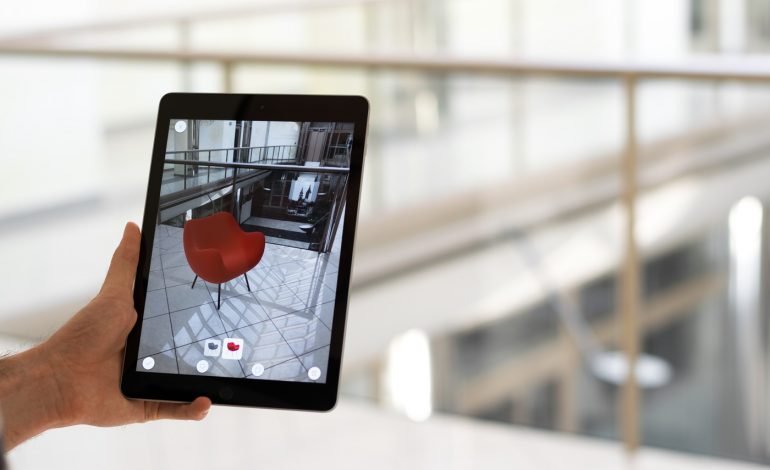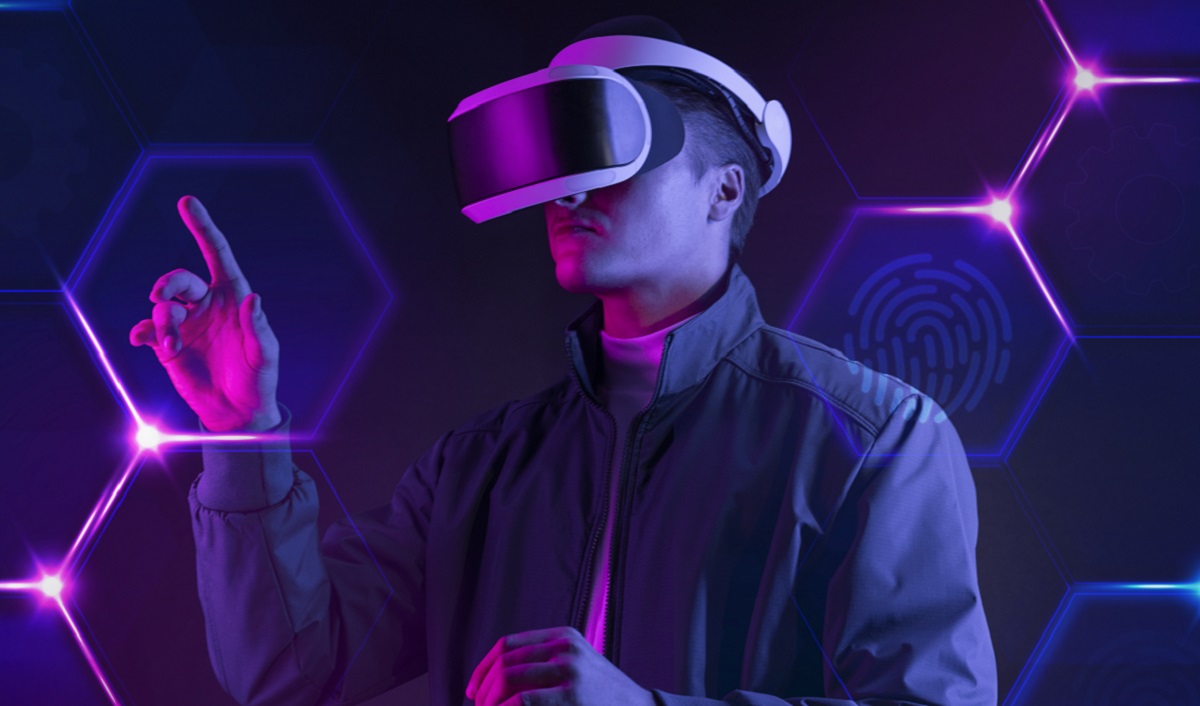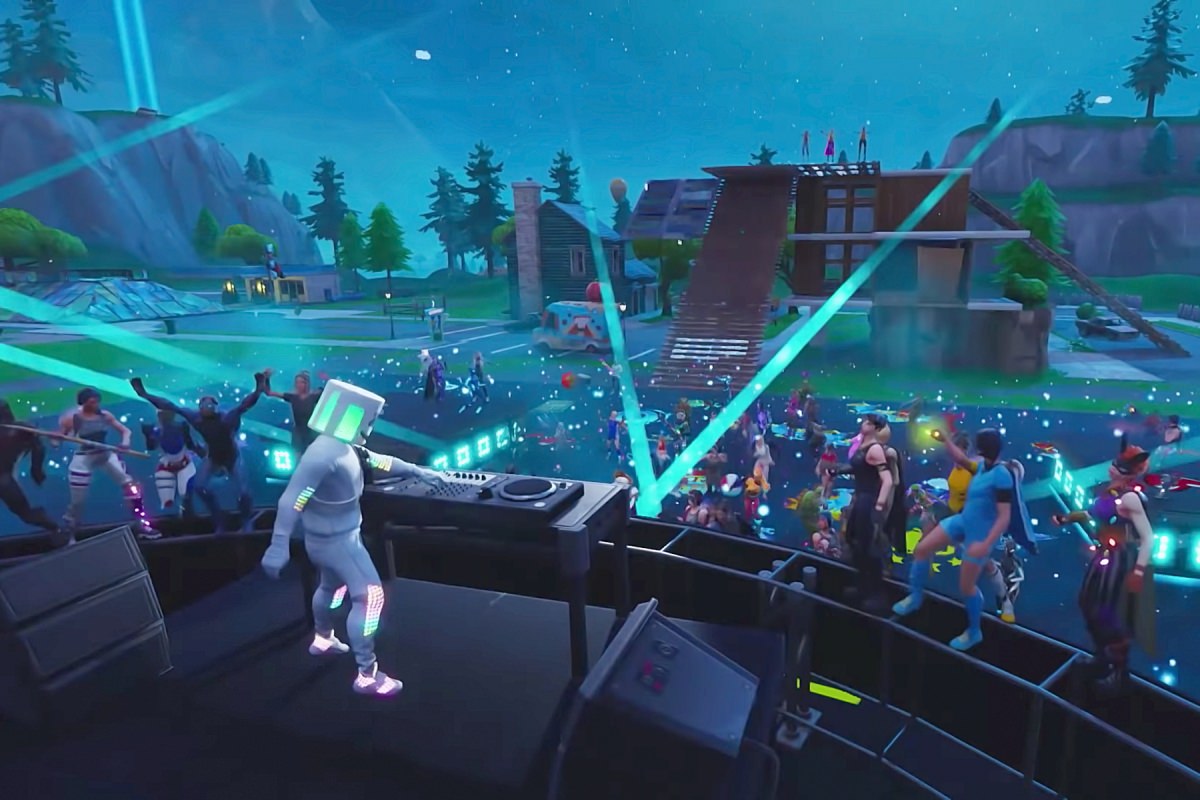Enhancing Remote Learning Engagement with Augmented Reality
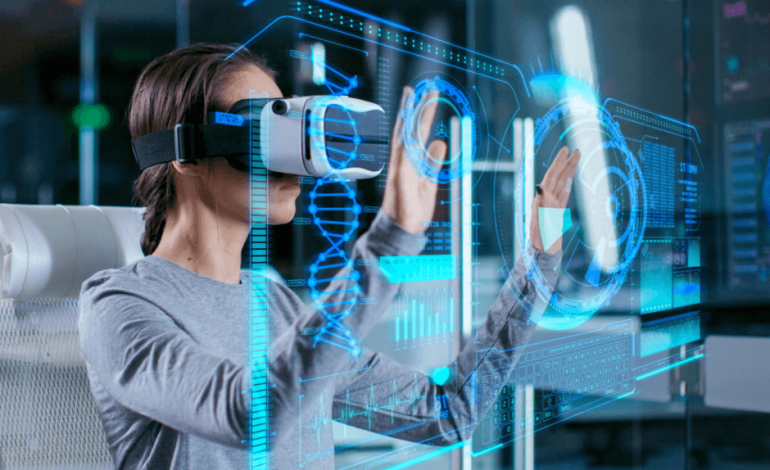
As remote learning has become more prevalent recently, there is a need to create more engaging and interactive learning experiences for students. One way to do this is through Augmented Reality (AR) technology. AR learning can effectively engage students in remote education by providing a unique and immersive learning experience that can make remote learning more interesting and interactive. In this blog post, we will discuss how AR can be used to enhance remote learning engagement and some of the benefits it can offer.
The Importance of Engagement in Remote Learning
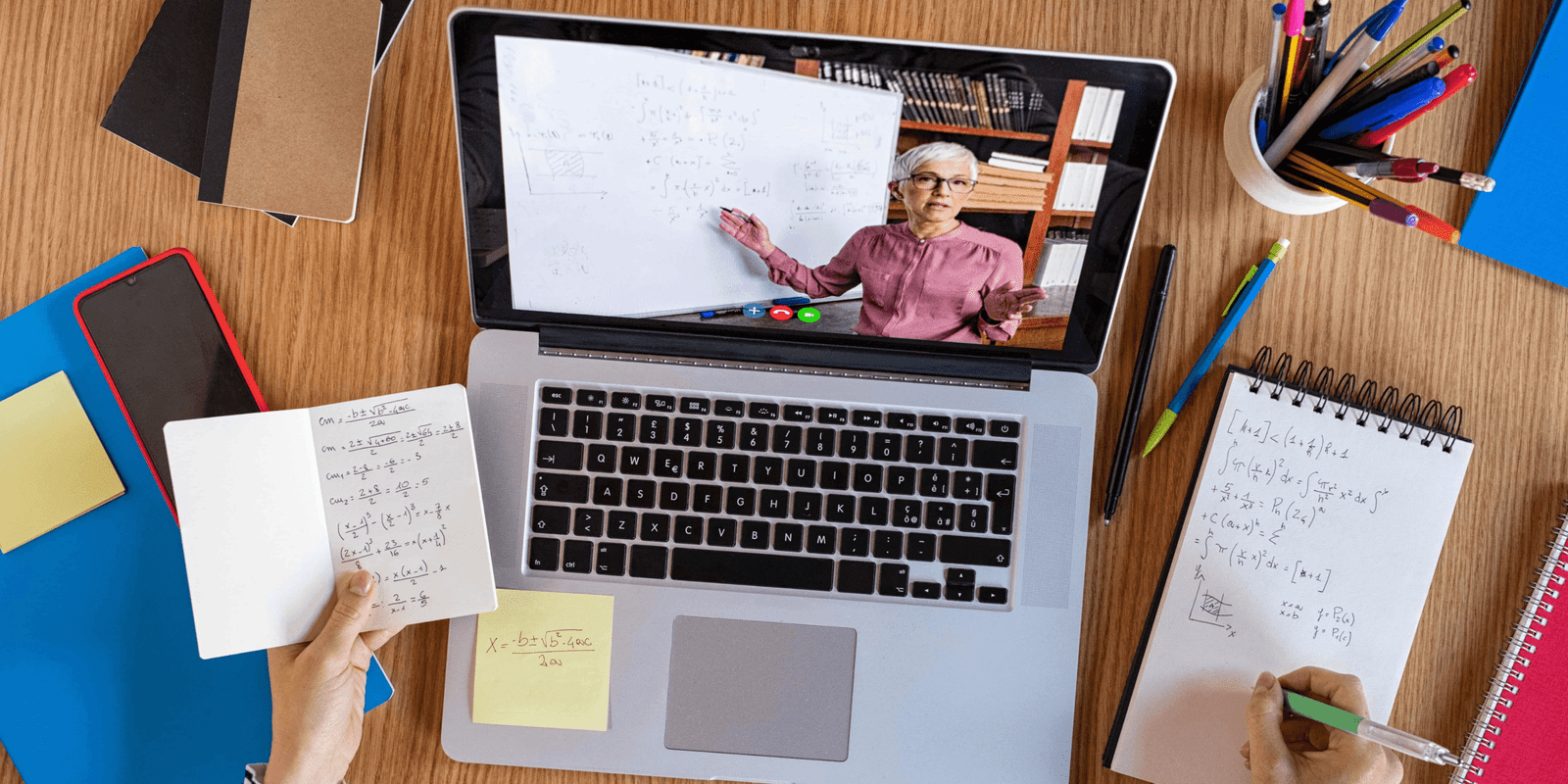
Remote learning has become a prevalent mode of education in recent times, necessitated by the ongoing pandemic. However, one of the key challenges educators face is ensuring student engagement in a virtual classroom setting. Attention plays a crucial role in learning, facilitating better understanding, retention, and overall academic success.
When students actively engage in the learning process, they are more likely to be motivated, attentive, and invested in their studies. They actively participate, ask questions, and collaborate with their peers, which leads to a deeper understanding of the subject matter. In contrast, lacking engagement can result in disinterest, boredom, and reduced learning outcomes.
Remote learning, while necessary for health and safety reasons, often needs more hands-on experience and interaction than traditional classrooms offer. This can hinder the engagement levels of students and impede their learning progress. With the physical presence of teachers and classmates, students may be able to stay focused and connected.
Augmented Reality (AR) has the potential to revolutionize remote learning by enhancing engagement. AR technology allows digital content to be overlapped with the real world, creating an interactive and immersive learning experience. Using AR, educators can bring virtual objects and scenarios into the students’ immediate surroundings, making the learning process more visually appealing and captivating.
With AR, students can actively participate in simulations, experiments, and virtual field trips from their homes. This level of interactivity promotes engagement and deepens students’ understanding of complex concepts. By experiencing subjects in a hands-on and interactive manner, students can apply theoretical knowledge to practical situations, resulting in a more comprehensive and lasting learning experience.
Lack of engagement and hands-on experience in remote learning
The shift to remote learning has brought numerous challenges for students and educators. One of the most pressing issues is more engagement and hands-on experience. When learning from home, students must rely on online resources, pre-recorded lectures, and virtual meetings, making the learning experience feel connected and inspired.
In traditional classroom settings, students can engage in hands-on activities, ask questions in real-time, and participate in group discussions. However, this level of engagement and interaction is often lost with remote learning. This can lead to disengagement and poor learning outcomes.
Additionally, remote learning needs to gain the hands-on experience essential for certain subjects, such as science and technology. These subjects often require experiments and practical work, which can be difficult to replicate online.
Fortunately, with the help of technology, educators can overcome some of these challenges. Augmented Reality (AR) can bring the classroom experience into the home, providing students with interactive and immersive learning opportunities. AR allows students to explore virtual worlds, interact with 3D models, and visualize complex concepts in ways that were not possible before. This makes learning more engaging, enjoyable, and memorable.
The next section explores how AR can enhance remote learning engagement and understanding.
how AR can make remote learning more interactive and immersive?

Augmented Reality (AR) is one of the most exciting technologies revolutionizing remote education. It can create a simulated real-time experience that mimics the real world. By doing so, AR can make remote learning more interactive and immersive for students. The technology enables learners to have a more hands-on and practical experience.
AR is often used in science and engineering courses. For instance, a human anatomy student can use an AR application to explore different body systems, such as the skeletal or respiratory system. The AR app can show a 3D model of the system with an explanation of its function and interconnections. This interactive experience helps students to understand the topic better and retain the information.
AR can also be used for gamification purposes. It enables teachers to create interactive games and activities that can be used for testing and revision. The use of gamification has proven to increase engagement and motivation among students.
Moreover, AR can help to personalize learning for each student. AR apps can use Artificial Intelligence (AI) algorithms to customize the content based on the student’s learning pace and preferences. This helps optimize the learning process and reduce the frustration of slow learning.
Enhancing student engagement and understanding
One of the key benefits of using augmented reality in remote learning is its ability to enhance student engagement and understanding. Traditional remote learning methods often rely on text-heavy lectures and assignments, which can quickly become dry and uninteresting for students. By incorporating AR experiences into lessons, educators can create more immersive and interactive learning environments that are more likely to capture students’ attention and hold it for longer periods.
AR experiences can also help students better understand complex concepts by providing them with visual aids that they can interact with in real-time. For example, an AR simulation of a historical event could allow students to explore the environment and experience the event as if they were there. This type of hands-on learning can help students make connections between concepts and better retain the information they are learning.
Overall, the use of AR in remote learning can revolutionize how students engage with and understand academic content. As more educators experiment with AR technologies, we can expect to see more innovative approaches to teaching and learning that make the most of the latest digital tools.
Future Potential of AR in Remote Learning
As remote learning continues to evolve and adapt, it is evident that augmented reality (AR) holds immense potential for the future of education. With AR, students can engage in interactive and immersive experiences, even when physically separated from their teachers and peers.
One of the key advantages of AR is its ability to bridge the gap between abstract concepts and real-world applications. By overlaying digital information onto the physical world, AR allows students to visualize and interact with complex ideas in an engaging and memorable way. For example, students studying anatomy can use AR to explore and dissect virtual 3D models of the human body, enhancing their understanding of the subject.
Additionally, AR has the potential to provide students with hands-on experiences that would otherwise be impossible in a remote learning setting. Science experiments, historical reenactments, and architectural design can all be simulated through AR, allowing students to learn through trial and error in a safe and controlled environment.
Furthermore, AR can personalize and tailor learning experiences to individual students. By analyzing data on student performance and preferences, AR can adapt its content and activities to suit each learner’s needs. This personalized approach can greatly enhance student engagement and motivation, ultimately leading to improved learning outcomes.
While v requires investment in technology and training for educators. However, as AR develops and becomes more accessible, its potential to revolutionize remote learning and provide students with truly immersive and interactive educational experiences is undeniable.

